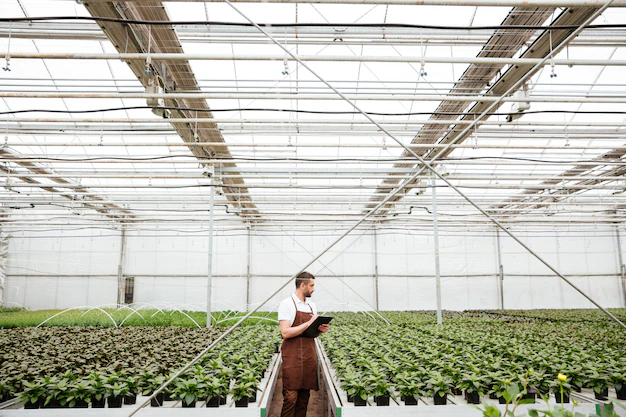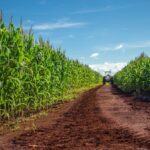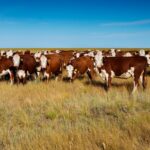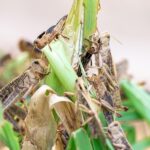Greenhouse automation systems play a crucial role in controlled environment agriculture (CEA) by enhancing the efficiency, productivity, and sustainability of greenhouse operations. These systems utilize advanced technologies and sensors to monitor and control various environmental factors within the greenhouse, such as temperature, humidity, light, irrigation, and ventilation. Here are some key roles and benefits of greenhouse automation systems in CEA:
- Climate control optimization: Greenhouse automation systems enable precise control of temperature, humidity, and CO2 levels, creating an optimal climate for plant growth. They automatically adjust parameters based on real-time data, ensuring that crops receive the ideal conditions for their development throughout the day and night.
- Energy efficiency: Automation systems help optimize energy consumption within the greenhouse. By integrating sensors and actuators, they can regulate heating, cooling, and lighting systems, minimizing energy waste and reducing operational costs. Additionally, they can take advantage of natural resources like sunlight and wind to further enhance energy efficiency.
- Water management: Efficient water usage is critical in CEA. Automation systems monitor soil moisture levels and control irrigation systems accordingly. They can schedule irrigation cycles, adjust water flow rates, and even integrate water recycling and filtration systems, leading to optimal water usage and reducing water waste.
- Light management: Greenhouse automation systems enable precise control over light levels and duration. They can automatically adjust artificial lighting systems to supplement natural light or extend photoperiods, optimizing plant growth and development. This feature is particularly useful in regions with limited sunlight or for growing crops that require specific light conditions.
- Nutrient management: Automation systems can monitor and control nutrient delivery systems in hydroponic or aeroponic setups. They ensure that plants receive the right balance of nutrients, adjust nutrient concentrations based on plant requirements, and track nutrient levels to prevent imbalances or deficiencies.
- Pest and disease management: Automation systems can incorporate sensors to detect early signs of pest infestations or diseases. By using data analytics and machine learning algorithms, they can identify patterns and anomalies, enabling timely intervention and reducing crop losses. Integrated pest management strategies can be implemented more effectively through the continuous monitoring and early detection capabilities provided by these systems.
- Data-driven decision making: Automation systems collect and analyze vast amounts of data related to environmental conditions, crop growth, and resource usage. This data can be used to generate insights and inform decision-making processes. By leveraging analytics and predictive models, greenhouse operators can optimize crop planning, resource allocation, and overall operational strategies.
Greenhouse automation systems significantly contribute to the success of controlled environment agriculture by creating optimal growing conditions, conserving resources, improving crop quality and yield, and reducing operational risks. They provide a precise and controlled environment for plants, allowing farmers to maximize productivity while minimizing inputs and environmental impact.
Join 'Farmers Mag' WhatsApp Channel
Get the latest Farming news and tips delivered straight to your WhatsApp
CLICK HERE TO JOIN






